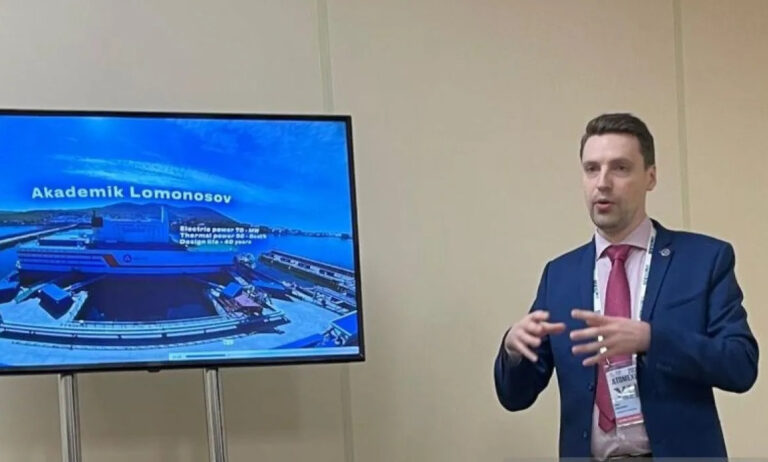Indonesia has been on the verge of entering the nuclear age since the 1960s, driven by ambitions for technological progress and national prestige.
The establishment of the TRIGA 2000 reactor at the Bandung Institute of Technology in 1965, with a capacity of 2,000 kW and supplied by General Atomics (GA) of the United States, marked the country’s first significant step into the nuclear industry. This momentum continued in the late 1970s and 1980s with the establishment of the Kartini reactor in Yogyakarta in 1979, a TRIGA Mark II reactor operating at 250 kW and also supplied by GA.
These early efforts laid the foundation for the more advanced GA Siwabessy Multipurpose Reactor at the Serpong Nuclear Research Center, a 30-megawatt (MW) research reactor. Opened in 1987 and built under a US$50 million contract with Interatom Internationale, a subsidiary of West German steelmaker Kraftwerke Union, the reactor was named after the first director of the National Nuclear Energy Agency (Batan).
Indonesia’s attempt to build a nuclear power plant gained momentum in the 1990s. The government conducted detailed site assessments, with the Muria Peninsula in Central Java identified as a potential location. Feasibility studies were conducted in 1996, and international collaborations, including with South Korea and Japan, were considered to support the project. However, the Asian financial crisis of 1997–98 and strong opposition from civil society groups led to the suspension of these plans.
In recent years, Indonesia has rekindled its nuclear ambitions by exploring the possibility of developing a thorium-fueled molten salt reactor. This innovative reactor design, which is not currently in commercial use anywhere in the world, underscores the country’s renewed commitment to becoming a major player in nuclear energy.
But it also raises questions about why Indonesia, which is not known as a leading country in innovation according to Rogers’ theory of the diffusion of innovations, dares to use an unprecedented high-end minimum viable product (MVP). This move could confirm that Indonesia is a technology consumer country, adopting advanced technologies developed by others, and reflect its position on the innovation adoption curve.
Earlier this year, the National Research and Innovation Agency (BRIN) announced two major nuclear projects, in collaboration with the Institute of Nuclear and New Energy Technology (INET) at Tsinghua University in China.


